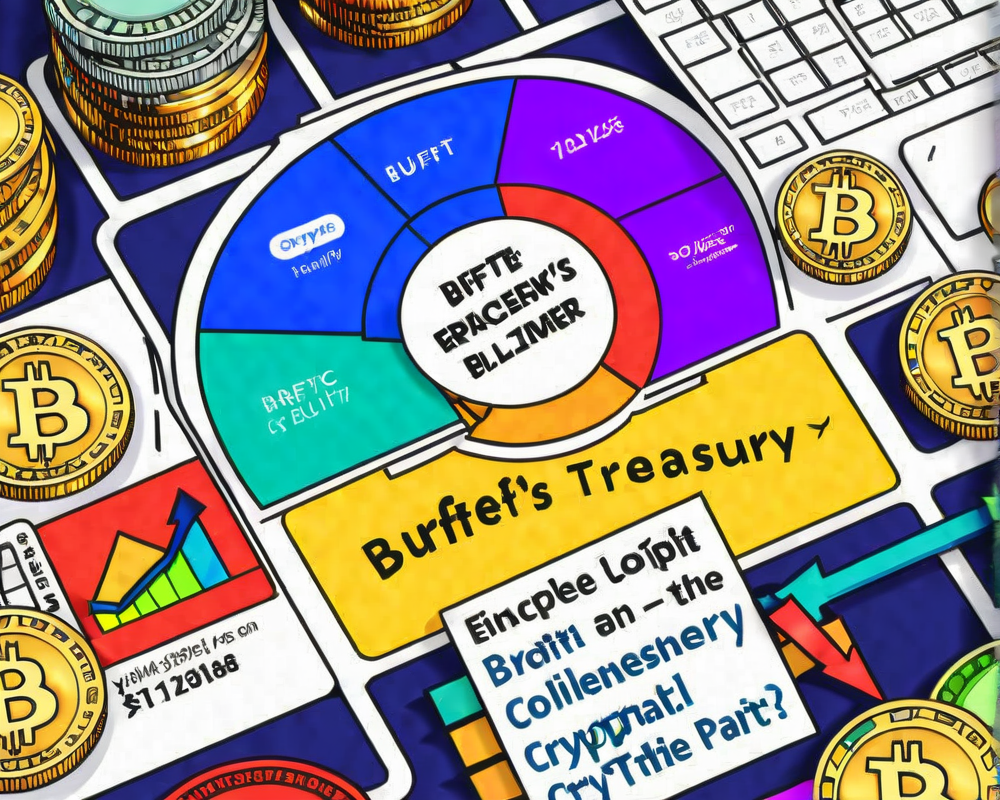Reflecting on the eNaira’s First Year
Nigeria’s venture into the world of central bank digital currencies (CBDCs) with the eNaira has marked a significant milestone. Premiering in October 2021, the eNaira was the second CBDC globally, following the introduction of the Bahamian Sand Dollar. A recent paper from the International Monetary Fund (IMF) hails the eNaira’s debut year as ‘laudable,’ yet it also points to room for improvement.
Active Wallets and Transaction Metrics: A Closer Look
Despite the initial excitement, the numbers tell a different story. According to the IMF paper, only about 1.5% of eNaira wallets are actively used each week, resulting in a mere 802,000 transactions since its launch. To put it in layman’s terms, that’s less than one transaction per wallet. With less than 1% of Nigeria’s bank accounts holding eNaira wallets, it’s clear that adoption has been sluggish.
The Challenge of Breaking the Adoption Barrier
The IMF researchers pointed out, much like a stubborn rubber band, the adoption of the eNaira has been difficult to stretch. They likened its struggle to gain traction to any network product, such as credit cards, where a blend of smart strategies and a sprinkle of luck are essential to breaking away from a low adoption equilibrium. The real question remains: How can the eNaira step out from its niche audience?
Mobile Money Operators: Friends or Foes?
In Nigeria, mobile money operators (MMOs) are abundant, raising the question of whether eNaira can coexist with them. The IMF paper contemplates if the eNaira could spark competition in the retail market or if it would serve as a friendly bridge between MMOs, enhancing their operations. The possibility of eNaira replacing all services offered by MMOs seems far-fetched, yet an integration could signal a significant industry reshuffle.
Addressing the Remittance Challenge
One of the stumbling blocks for the eNaira is its single-currency system, rendering it incapable of handling remittances directly. The IMF suggests two potential routes to resolve this: either permitting international money transfer operators to accept eNaira wallets or through some form of intermediation. While both options hold promise, they also come with their share of expenses— a serious concern given the prevalence of a parallel underground market already catering to these needs.
Strategies for Boosting eNaira Usage
So how do we breathe life back into eNaira? The paper advocates incorporating the CBDC into social payment systems, particularly in collaboration with MMOs, which could enhance social cash transfers and promote wider adoption. Additionally, incentivizing merchants to accept the eNaira might help propel its usage to new heights. Although the Central Bank of Nigeria has initiated efforts to foster inclusivity, the issues surrounding remittances remain a considerable hurdle.
The eNaira’s journey is far from over, and as it continues to develop, it may just need a little nudge in the right direction to ignite the interest of users and expand its reach.




